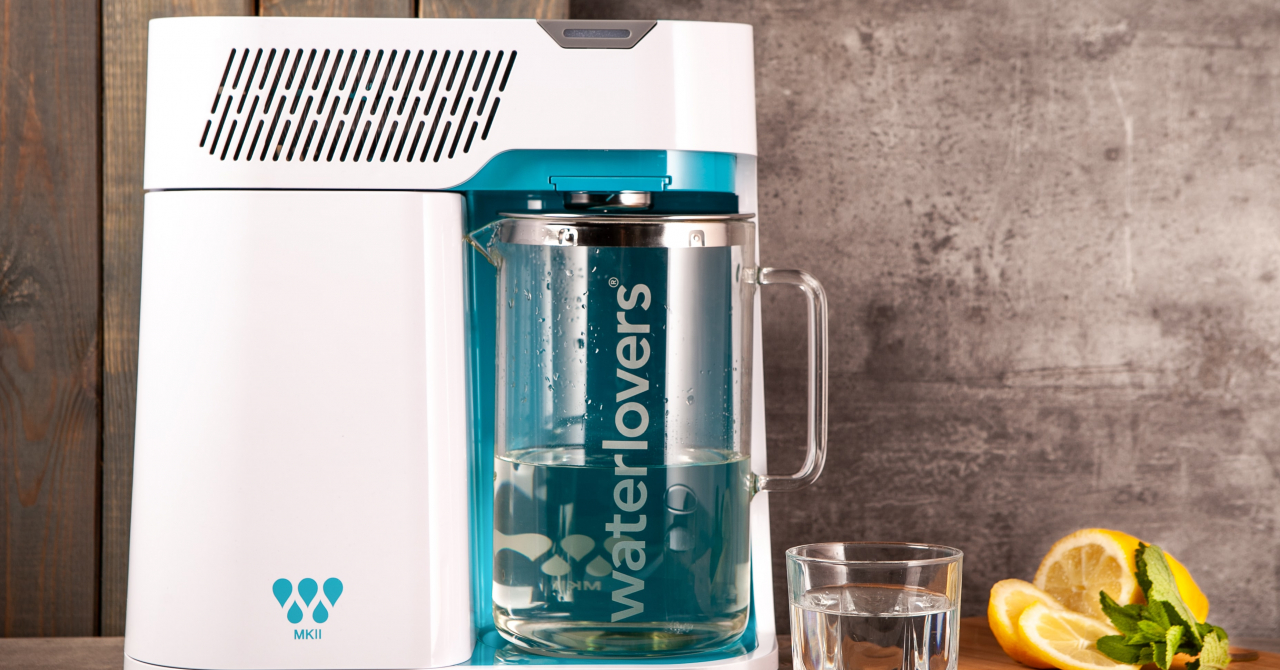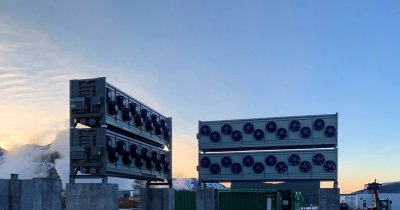According to CNBC, ZwitterCo's CEO and cofounder Alex Rappaport stated that "the goal for us is to maximize reuse, so that you can limit the amount of freshwater consumption."
"We’re going to enable a future of water abundance", he added.
Jason Pontin, chairman of ZwitterCo's board said that "Americans waste a lot of water: every day, industrial facilities in the U.S. discharge 965 billion liters of wastewater into public waterways."
"Most of that is treated through chemical, physical, or biological means, but it’s still not pure enough for industrial reuse. If it were, then facilities wouldn’t discharge it", he added.
The water filtering company wants to solve this problem by implementing its membrane solution based on “zwitterionic copolymers”, which is different from other systems in the way that they extract water from even the most oily/greasy surfaces.
Another important advantage is that the innovative membrane doesn't need to be cleaned up as much as other filtering solutions, which can get clogged up and lose their properties pretty quickly.
Rappaport stated that "because the membrane is so, so, very hydrophilic from these zwitterions, you’re able to operate for years in environments that another membrane would be ruined in hours."
"That happens because you’re constantly able to sort of re-wet, re-hydrate the surface and regenerate it back to the starting performance", the CEO further explained.
ZwitterCo's water processing solution was being used by a Houston-based company, Solugen, which manufactures chemical products and other materials by using enzymes.
According to cofounder and CTO of ZwitterCo Sean Hunt, in the past year, the filtering system was able to successfully process some 37 million liters of water.
The latest funding brings the company's total resources to 44 million USD, which is enough for it to complete its facility in Massachusetts, where it will continue the development of the innovative water processing membrane.
 Mihai - Cristian Ioniță
Mihai - Cristian Ioniță












Any thoughts?